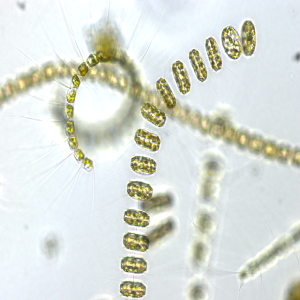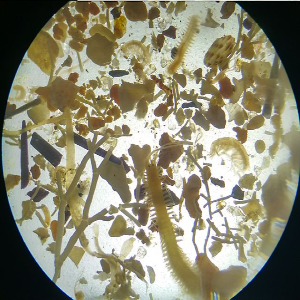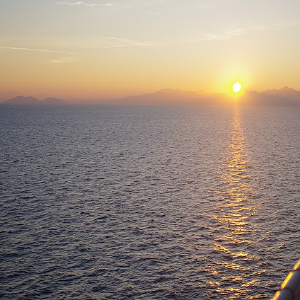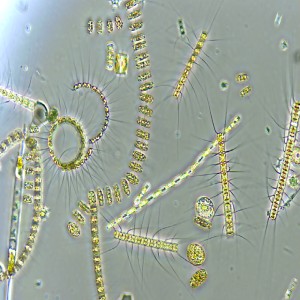Ecology of Cladocera species from Central America based on subfossil assemblages

Accepted: 14 November 2016
HTML: 1086
All claims expressed in this article are solely those of the authors and do not necessarily represent those of their affiliated organizations, or those of the publisher, the editors and the reviewers. Any product that may be evaluated in this article or claim that may be made by its manufacturer is not guaranteed or endorsed by the publisher.
Cladocera species composition was analyzed in surface sediments of 29 lakes in Central America (Guatemala, El Salvador and Honduras). The material studied was collected with an Ekman grab in autumn 2013 from lakes located in lowland, highland and mountain regions. The study revealed high variability in qualitative and quantitative composition of subfossil Cladocera. A total of 31 Cladocera species (5 planktonic and 26 littoral) were identified, as well as 4 morphotypes that could not be identified (NRR 1-4). Planktonic Bosminidae and Daphniidae were the most abundant families. Daphniidae were restricted to water bodies in mountain regions, whereas Bosminidae were widely distributed in lakes with different abiotic conditions. Moreover, Bosminidae species also occurred in highly mineralized waters (> 900 µS cm-1). The great majority of the identified Cladocera species belonged to the littoral family Chydoridae. Chydorus cf. sphaericus was the most common species (found in 20 lakes), which probably reflects its tolerance to a wide spectrum of habitat conditions. Cluster analysis discriminated 6 groups of Cladocera species with a high correlation level within groups (≥0.8), which showed different types of correlation with lake characteristics and environmental variables. Canonical correspondence analysis (CCA) showed that altitude and secondly water electrical conductivity were the most important drivers of Cladocera species composition in the region studied. Furthermore, CCA analysis indicated lowland lakes with low water transparency were also characterized by peculiar species assemblages.
Supporting Agencies
the Polish Ministry of Science, the German Research Foundation,PAGEPress has chosen to apply the Creative Commons Attribution NonCommercial 4.0 International License (CC BY-NC 4.0) to all manuscripts to be published.



 https://doi.org/10.4081/aiol.2016.6266
https://doi.org/10.4081/aiol.2016.6266







